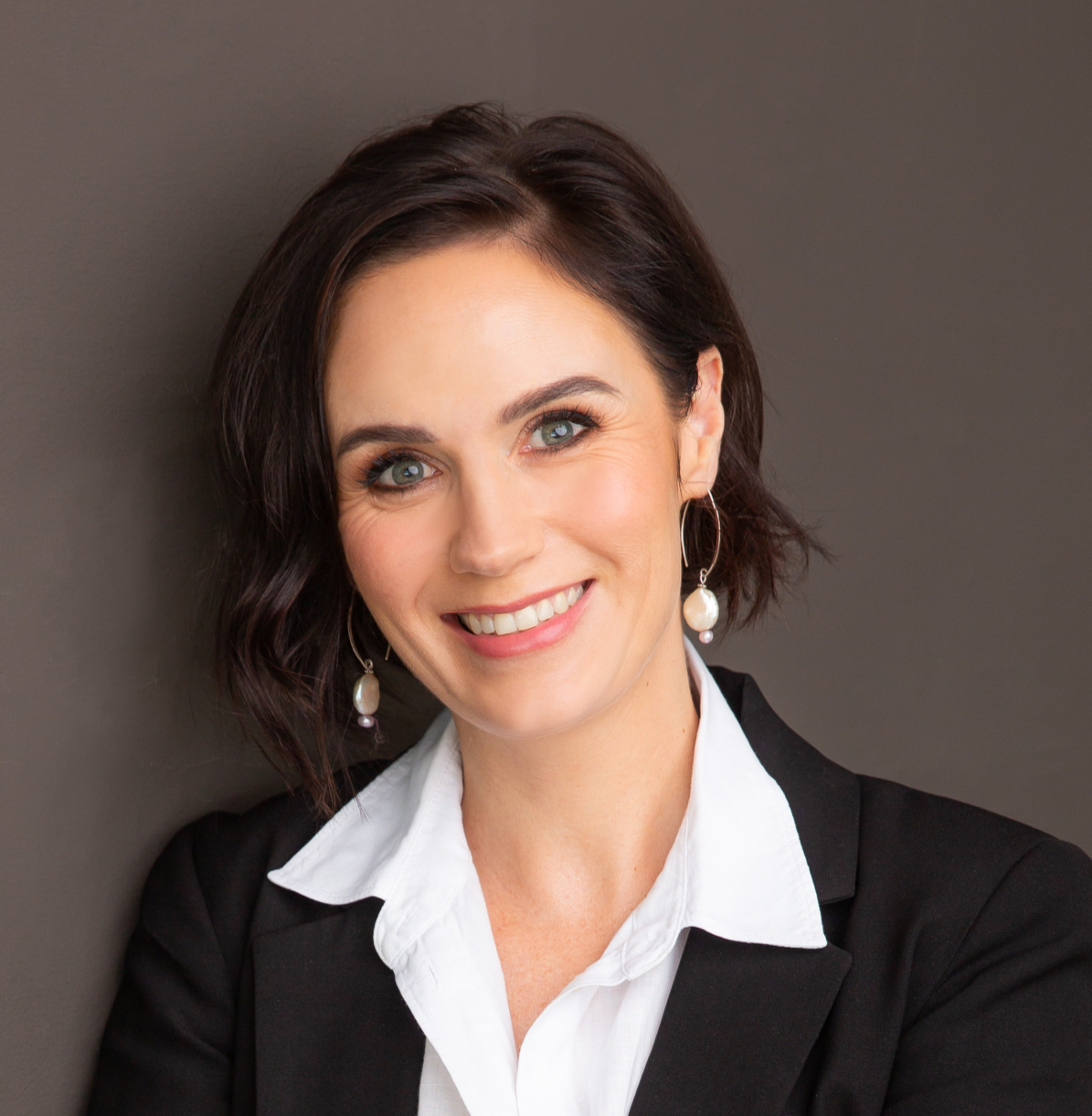Bell’s Palsy vs Facial Palsy: What is the Real Difference?
- Carianne Vermeulen

- Sep 18
- 6 min read
One of the most common sources of confusion is the difference between facial palsy and Bell’s palsy. Many people, including some healthcare professionals, use the terms interchangeably, but they are not the same. Understanding the distinction is important because the underlying cause of facial weakness determines the appropriate treatment and supports recovery.

Did you know that around 7 out of 10 people with sudden facial paralysis are diagnosed with Bell’s palsy? That is a significant number, which helps explain why the terms often get mixed up. Imagine how unsettling it can be when one side of your face suddenly droops. The first thought might be, “Am I having a stroke?” Then someone says, “It is just Bell’s palsy.” or “You have facial palsy”. That can leave you wondering: What does it really mean? Are they the same thing? Will I get better?
In this article, we will clear up the confusion. You will learn how Bell’s palsy fits into the broader category of facial palsy, what makes it unique, and how treatment and therapy can help in both cases.
What is the difference between Bell’s palsy and facial palsy?
What is Bell’s palsy?
Bell’s palsy is the most common cause of sudden facial weakness. It usually occurs when the facial nerve becomes irritated or swollen, often after a viral infection such as herpes simplex, which causes cold sores. When the nerve cannot properly send messages from the brain to the facial muscles, activities like smiling, blinking, or even closing your eye can become difficult.
Symptoms tend to appear suddenly, sometimes within a day or two. While the exact cause is not always clear, most people (approximately 70-85%) make a full recovery within a few months.
What is Facial Palsy?
Facial palsy (or facial paralysis) is a broader term describing loss of voluntary movement in the facial muscles due to nerve damage or dysfunction. Unlike Bell’s palsy, which is idiopathic (arises without a known cause), facial paralysis can result from trauma, infections, tumours, neurological conditions, birth-related issues, or strokes.
For example, Ramsay Hunt syndrome is a viral infection that can cause facial paralysis, but it is not the same as Bell’s palsy. Identifying the underlying cause of facial palsy is critical to determining the right treatment. In short, if someone says they have facial palsy, it may be Bell’s palsy, but it could also have a different, more serious cause.
Causes of Bell’s palsy vs other types of facial palsy
Facial palsy refers to weakness or paralysis of the muscles on one side, or occasionally both sides, of the face. What sets each type apart is the cause.
Bell’s palsy
Cause: The exact cause is unknown. Most evidence points to inflammation and swelling of the facial nerve, often linked to viral infections like herpes simplex.
Unique Features: Bell’s palsy is a diagnosis of exclusion, meaning it is only diagnosed when no other clear cause is found.
Onset: Sudden, often overnight, with rapid weakness affecting the whole side of the face.
The key difference is that Bell’s palsy is identified when doctors cannot find another reason for the facial paralysis and symptoms match the typical pattern.
Other Causes of Facial Palsy
1. Stroke-related facial weakness
Cause: A problem with blood supply in the brain (a clot or bleed) damages the part of the brain controlling facial movement.
Difference from Bell’s palsy: Stroke affects the brain, not the facial nerve itself. Often the forehead muscles are spared, which helps distinguish it from Bell’s palsy.
2. Trauma or surgery
Cause: Injury to the facial nerve during accidents (e.g., fractures of the temporal bone) or during surgery to remove tumours near the ear or parotid gland.
Difference from Bell’s palsy: Here, the nerve is physically cut, stretched, or compressed, not just inflamed. Recovery is usually slower and may require surgical repair.
3. Infections (other than viruses causing Bell’s palsy)
Difference from Bell’s palsy: These have identifiable infectious causes, often with other symptoms (rash, pain, fever).
Examples:
Ramsay Hunt syndrome (caused by shingles virus reactivation), often associated with ear pain and a rash.
Lyme disease, which is a infection spread by ticks, sometimes causing facial paralysis.
4. Tumours or growths
Cause: Tumours in the brain, parotid gland, or near the facial nerve can press on the nerve, gradually weakening facial muscles.
Difference from Bell’s palsy: Usually a slow onset of weakness, rather than the sudden onset seen in Bell’s palsy.
5. Congenital facial palsy
Cause: Some babies are born with weakness of the facial muscles, either from developmental issues with the nerve or from birth trauma.
Difference from Bell’s palsy: Present at birth, not sudden onset in adulthood.
6. Neurological conditions
Examples: Multiple sclerosis or Guillain-Barré syndrome can sometimes affect the facial nerve.
Difference from Bell’s palsy: Part of a wider neurological disease, often with other symptoms like limb weakness, balance problems, or vision changes.
What increases the risk of Bell’s palsy?
While anyone can develop Bell’s palsy, certain factors slightly increase the likelihood:
Diabetes
High blood pressure
Pregnancy, especially in the third trimester
Recent upper respiratory infections such as colds or flu
Family history of Bell’s palsy
Most people with Bell’s palsy have no obvious risk factors, but these conditions can make it somewhat more likely.
Are Symptoms of Bell’s palsy different from other facial palsies?
Understanding the differences in symptoms can help distinguish Bell’s palsy from other types of facial palsy, guiding both diagnosis and treatment.
Bell’s palsy Symptoms
Sudden onset: Weakness usually appears quickly, often overnight.
One-sided facial weakness: The entire side of the face is affected, including the forehead, eyelid, and mouth.
Drooping features: Eyelid may not close completely, the mouth may droop, and the smile becomes uneven.
Additional signs: Sometimes taste changes, increased sensitivity to sound, or mild pain around the jaw or behind the ear.
Typically temporary: Most people start to improve within weeks.
Other Facial Palsies Symptoms
Stroke-related facial weakness: Often spares the forehead, because the brain controls the forehead muscles differently. Weakness may be accompanied by arm or leg weakness, speech problems, or vision changes.
Trauma or surgery-related palsy: Weakness develops gradually or immediately after injury, sometimes with pain, swelling, or scars.
Infections (like Ramsay Hunt syndrome): May include rash, severe ear pain, or blisters, along with facial weakness.
Tumour-related facial palsy: Usually develops slowly over time and may be accompanied by other neurological signs.
Bell’s palsy is unique because it comes on suddenly, affects the whole side of the face, and usually improves over time, whereas other facial palsies often have additional symptoms, a slower onset, or partial involvement of the face.
If you're unsure whether the cause is Bell’s palsy or something more serious, read our article Bell’s palsy or Stroke? How to Tell the Difference.
How do doctors diagnose and treat Bell’s palsy vs other facial palsies?
Diagnosis
Bell’s palsy:
Doctors usually diagnose Bell’s palsy based on sudden symptoms like one-sided facial weakness and drooping eyelid or mouth. Because it is a diagnosis of exclusion, other causes such as stroke, infections, or tumours are ruled out first. Tests like blood work or imaging are only done if symptoms are unusual, severe, or do not improve as expected.
Other Facial Palsies:
Diagnosis focuses on finding the underlying cause. Stroke may require neurological exams and imaging, trauma or tumours need imaging and history review, and infections like Ramsay Hunt may involve blood tests and examination for rashes. Prompt diagnosis is crucial because treatment depends on the underlying cause.
Treatment
Bell’s palsy:
Treatment usually includes corticosteroids, ideally started within 72 hours. Antivirals may be added if a viral infection is suspected. Eye protection, through drops, ointment, or taping, is essential if eyelid closure is incomplete. Specialist facial therapy and gentle massages can support recovery and prevent long-term stiffness or abnormal movements. Most people recover fully or near-fully within 3–6 months.
Other Facial Palsies:
Treatment depends on the cause. Stroke-related weakness requires post-stroke medical care and rehabilitation. Trauma or surgical injury may need surgical repair and/or specialist facial therapy to retrain facial muscles. Infections like Ramsay Hunt or Lyme disease require antivirals or antibiotics, pain management, and supportive facial therapy. Tumours may require surgery, radiotherapy, or other interventions.
Across all causes, eye protection and specialist facial therapy remain essential to restore movement, prevent stiffness, and optimize long-term outcomes. Recovery varies and some patients may need long-term therapy.
The good news? Most people with Bell’s palsy recover fully within three to six months. For details on healing, visit Facial Palsy Recovery Stages: What to Expect at Each Phase.
Summary
Bell’s palsy and facial palsy are often confused, but they are not the same. Bell’s palsy is a sudden, idiopathic weakness of one side of the face, usually linked to nerve inflammation, and most people recover within a few months. Facial palsy is a broader term that can result from stroke, trauma, infections, tumours, or neurological conditions, with symptoms and recovery depending on the cause. Early diagnosis, proper medical care, eye protection, and specialist facial therapy are key to supporting recovery and preventing long-term complications.
If you're looking to understand how the face recovers after any type of facial palsy, be sure to read our article Facial Palsy Recovery Stages: What to Expect at Each Phase. And to learn more about what causes facial palsy beyond Bell’s palsy, see our full guide What Is Facial Palsy? Causes, Symptoms and Treatment


Comments